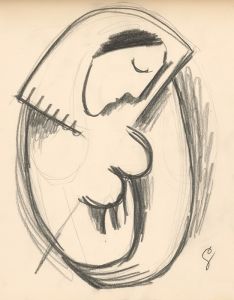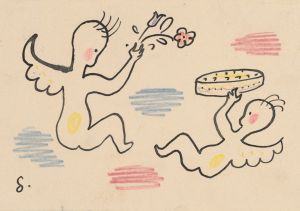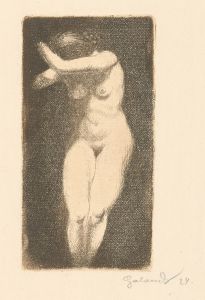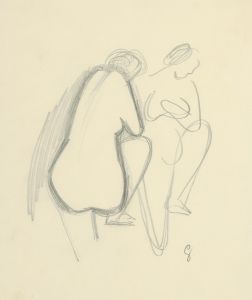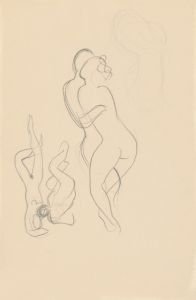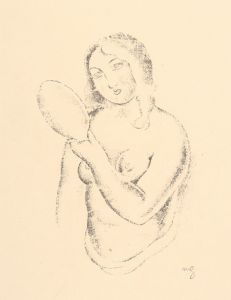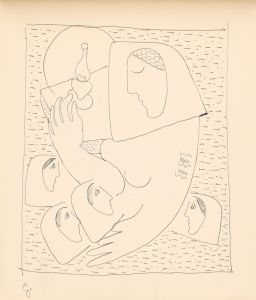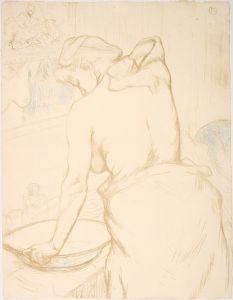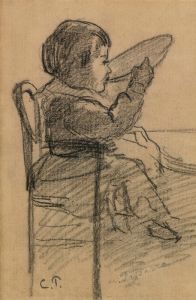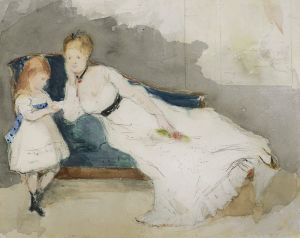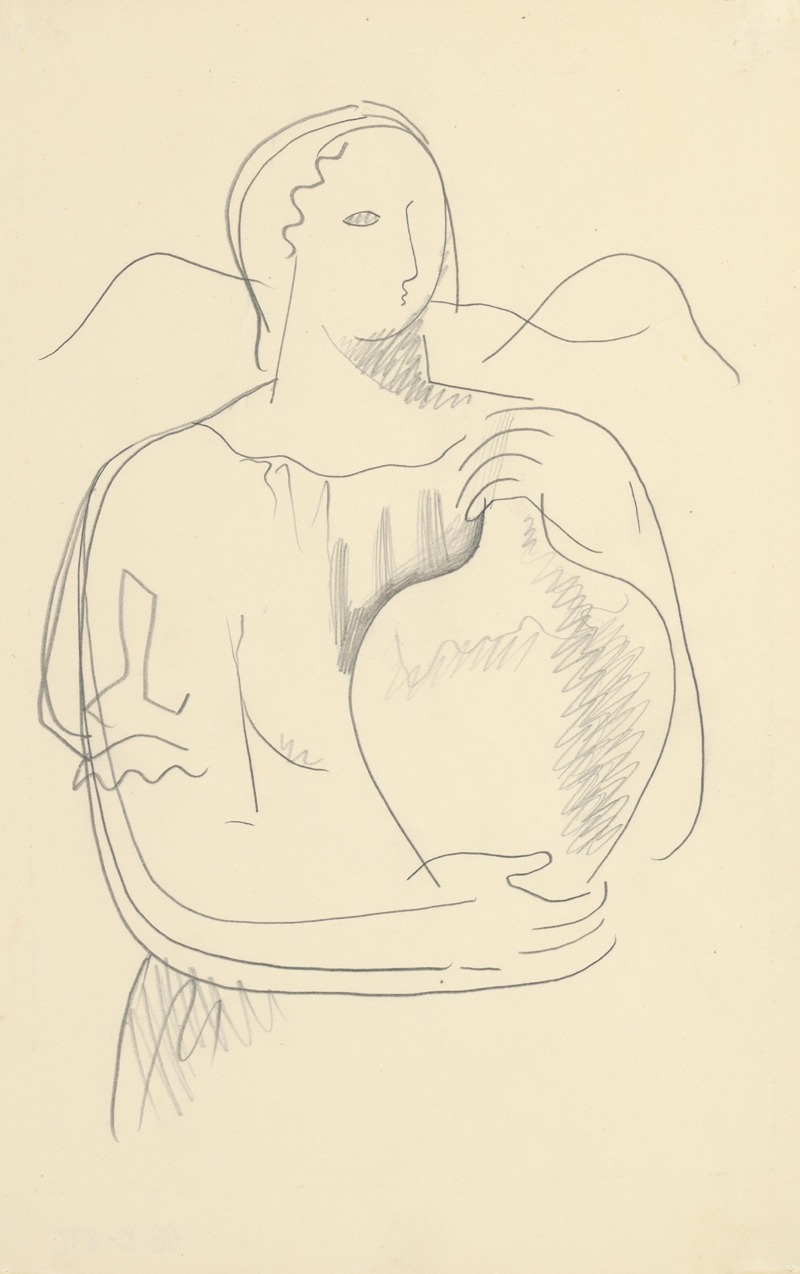
Žena s džbánom
A hand-painted replica of Mikuláš Galanda’s masterpiece Žena s džbánom, meticulously crafted by professional artists to capture the true essence of the original. Each piece is created with museum-quality canvas and rare mineral pigments, carefully painted by experienced artists with delicate brushstrokes and rich, layered colors to perfectly recreate the texture of the original artwork. Unlike machine-printed reproductions, this hand-painted version brings the painting to life, infused with the artist’s emotions and skill in every stroke. Whether for personal collection or home decoration, it instantly elevates the artistic atmosphere of any space.
Mikuláš Galanda was a prominent Slovak painter, graphic artist, and illustrator, recognized as one of the leading figures in Slovak modern art. Born on May 4, 1895, in Turčianske Teplice, Slovakia, Galanda played a significant role in the development of modern art in Slovakia during the early 20th century. His work is characterized by a unique blend of modernist styles, including elements of Cubism, Expressionism, and Symbolism, which he adapted to reflect Slovak cultural themes and motifs.
One of Galanda's notable works is "Žena s džbánom" (Woman with a Jug). This painting exemplifies Galanda's ability to merge traditional Slovak themes with modernist techniques. While specific details about the creation date and the current location of "Žena s džbánom" are not widely documented, the painting is often discussed in the context of Galanda's broader body of work, which frequently depicted women and rural Slovak life.
"Žena s džbánom" reflects Galanda's interest in the human form and his ability to convey emotion and narrative through simplified shapes and forms. The painting likely features a woman holding a jug, a common motif in Galanda's work, symbolizing everyday life and the connection to Slovak cultural heritage. The use of a jug can also be interpreted as a representation of domesticity and the traditional roles of women in Slovak society during the time.
Galanda's style in "Žena s džbánom" would typically include bold lines and a limited color palette, emphasizing form and composition over intricate detail. This approach aligns with his modernist influences, where the focus is on the essence of the subject rather than realistic representation. His work often exhibits a sense of harmony and balance, achieved through the careful arrangement of shapes and the interplay of light and shadow.
Throughout his career, Galanda was deeply involved in the Slovak art community. He was a member of the "Generation of 1909," a group of Slovak artists who sought to bring modernist ideas to Slovak art. This group was instrumental in the development of a national art identity that was both modern and distinctly Slovak. Galanda's contributions to Slovak art extended beyond painting; he was also an accomplished illustrator and graphic designer, contributing to various publications and cultural projects.
Mikuláš Galanda's legacy is significant in Slovak art history. His work, including "Žena s džbánom," continues to be celebrated for its innovative approach and its role in shaping modern Slovak art. Galanda passed away on June 5, 1938, in Bratislava, Slovakia, but his influence endures, inspiring future generations of Slovak artists to explore the intersection of modernism and national identity.
While specific exhibitions or collections featuring "Žena s džbánom" are not extensively documented, Galanda's work is held in high regard and can be found in various Slovak art institutions. His paintings are considered valuable cultural artifacts, offering insight into the evolution of Slovak art and the broader European modernist movement.






